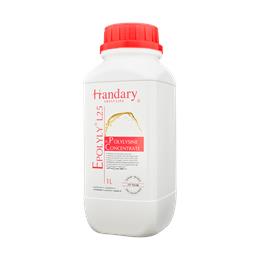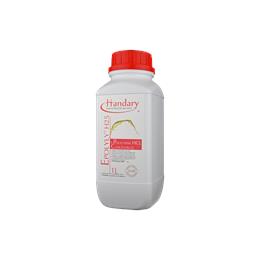Description
Cooked grains are grains that have been prepared by boiling or simmering in water until they become soft and fully cooked. Common examples of cooked grains include rice, quinoa, bulgur, barley, and oats.
Cooked grains are a staple in many cuisines around the world and can be used in a variety of dishes, from main courses to side dishes and salads. They are a good source of carbohydrates, fiber, and some essential nutrients, such as iron and B vitamins.
Cooked grains are a good source of nutrients and moisture that can support the growth of bacteria. When cooked grains are not stored properly or are left at room temperature for too long, they can become a breeding ground for these microorganisms, which can lead to spoilage, off-flavors, and potential foodborne illness.
Total Aerobic Bacteria
Like other foods, cooked grains can contain total aerobic bacteria. The total aerobic bacteria count in cooked grains can vary depending on the type of grain, cooking method, and storage conditions.
If cooked grains are not stored properly, such as in an airtight container in the refrigerator or freezer, they can become a breeding ground for bacteria, which can lead to an increase in the total aerobic bacteria count. Over time, the bacteria count can continue to increase, potentially leading to spoilage and foodborne illness.
To prevent the growth of bacteria and the increase in the total aerobic bacteria count, cooked grains should be stored properly, and any leftover cooked grains should be consumed or frozen promptly.
 English
English 简体中文
简体中文 Français
Français Español
Español



